Hiking is a great way to enjoy the natural beauty of nature and get in shape at the same time. Many people who work too much or don’t have access to a gym use hiking as an alternative form of exercise. But before you head out on your first hike, there are some things that you need to prepare for and know about first. In this blog post, we will cover how to prepare your body and mind with the following tips.
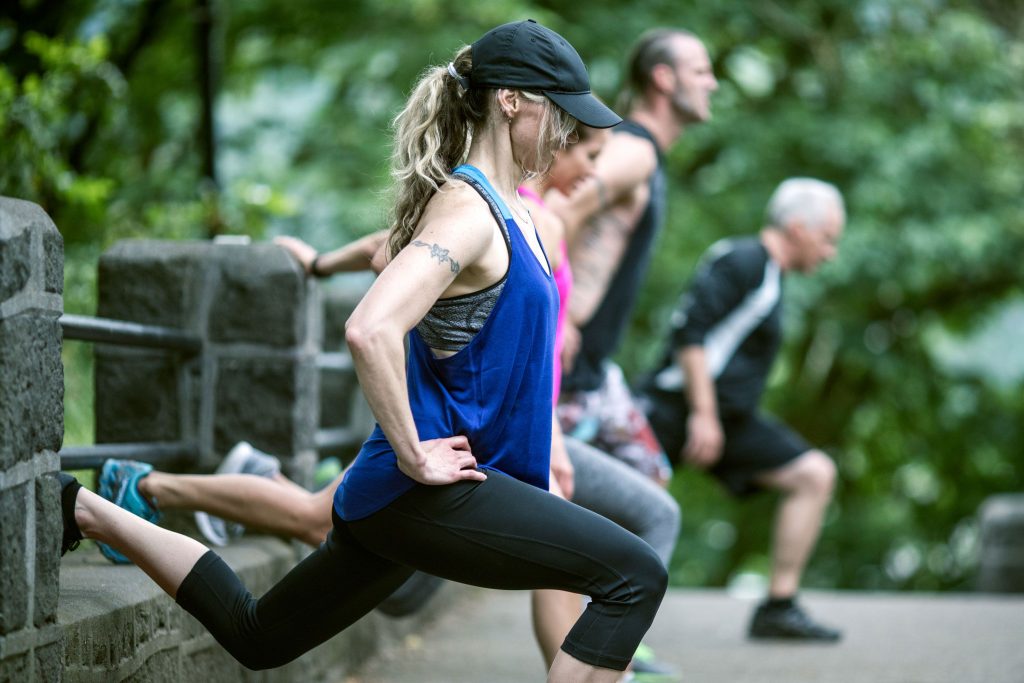
Table of Contents
Quick, general overview of how to train for Hiking
- Build endurance: start by exercising/walking for short periods of time every day, then gradually increase the time until it is about 30 minutes. Once you can do that, start increasing your speed and intensity little by little each week
- Train muscles: train to climb hills and stairs which will help strengthen legs, shoulders, abs & arms
- Mental Preparation: research trails, how long they take & if there are dangerous parts

Preparing the Body: Hiking is a great workout, but you need to prepare your body for it. You don’t want to head out on a hike and give up after 20 minutes because your muscles were not ready yet. In order to prepare your body for a hike, you will need to build up some endurance first. This can be done by exercising and walking for short periods of time every day. As you get used to walking and exercising every day, gradually increase the time until it is about 30 minutes. Once you can do that, start increasing your speed and intensity little by little each week. For example: instead of walking, try jogging and then running. Another way to prepare your body is by training for climbing hills and stairs. This will help strengthen the muscles that you need on a hike such as your legs, shoulders, abs, and arms.
Preparing the Mind: To prepare the mind for a hike, you need to start thinking about it in advance. When you think positively and focus on your goal of getting fit, then it will be much easier when you actually get out there hiking. Another way to mentally prepare yourself is by taking shorter hikes at first with some friends who want to hike too. This way you won’t be as intimidated and nervous about going out alone on a longer trail that takes hours. You can also mentally prepare yourself by researching what trails are in the area where you plan to hike, how long they take, and if there are any dangerous parts to look out for.

Start With Basic Hiking Fitness Exercises
- Jump Squats: Stand with feet hip-width apart and arms at your sides. Bend knees, bringing them toward the floor as you raise your hands toward the ceiling (A). Quickly push off the balls of your feet to jump as high as possible while raising arms overhead (B). Land softly, immediately bending into another squat Repeat for 30 seconds
- Pushups: Get into a plank position with your hands below your shoulders and feet hip-width apart, keeping abs tight (A). Bend elbows to lower chest toward the ground (B), then push back up. Repeat for 30 seconds
- Wall Sits: Place your back against a wall with feet shoulder-width apart, approximately two inches away from the wall (A). Slide down the wall until your knees are bent at a 90-degree angle, keeping your back and arms against the wall (B). Hold for 30 seconds.
- Triceps Dips: Sit on the floor, legs bent with feet flat (A). Place hands behind you, fingers forward and elbows pointing back (B). Keeping your core engaged to support your lower back, straighten arms while leaning into them until they are at a 90-degree angle. Bend knees slightly if needed to maintain balance Repeat for 30 seconds
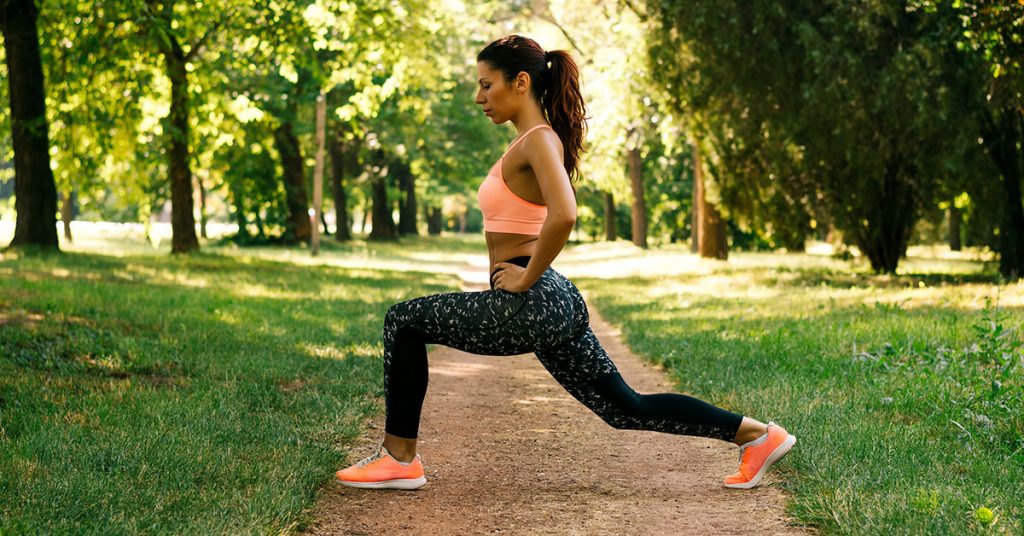
- Calf Raises: Stand on your tiptoes (A). Slowly lower yourself back down, then place heels on the floor and repeat for 30 seconds. You can add more of a challenge by holding onto something sturdy to help you balance during this exercise.
- Sit-ups: Lie on your back with knees bent and feet flat on the floor (A). Keep your back pressed into the ground as you curl up to a sitting position, reaching toward your feet with hands clasped behind your head (B). Slowly lower yourself back down. Repeat for 30 seconds
- Leg Raises: Lie face-up on floor or mat with arms at sides and palms facing down (A). Keeping core engaged, raise legs about six inches from the ground (B). Lower them back down to starting position. Repeat for 30 seconds.
- Hip Roll Exercise: Lie face-up on the floor or mat with your knees bent and feet flat (A). Raise arms about six inches from the ground, keeping palms pressed down (B). Rotate arms to the left as you roll your upper back off of the floor. Pause at the top for a second before returning to starting position Repeat for 30 seconds then switch sides
- Step-up: Stand in front of a step with your right foot on the floor and your left foot on top (A). Push down into right leg to lift left leg up until it is fully extended, keeping abs tight throughout the motion (B). Slowly lower back onto starting position. Repeat for 30 seconds then switch sides
Note: Don’t forget to warm up before beginning these exercises for 10 to 15 minutes before starting.
Finish off with a cool-down session for five to ten minutes as well by gently stretching the muscles you just worked out. To stretch your calves, stand facing a wall and place hands against it at shoulder height (A). Take one step forward with your right heel against the wall then bend your left knee until the lower leg is parallel to the floor (B). Repeat for 30 seconds before switching legs.
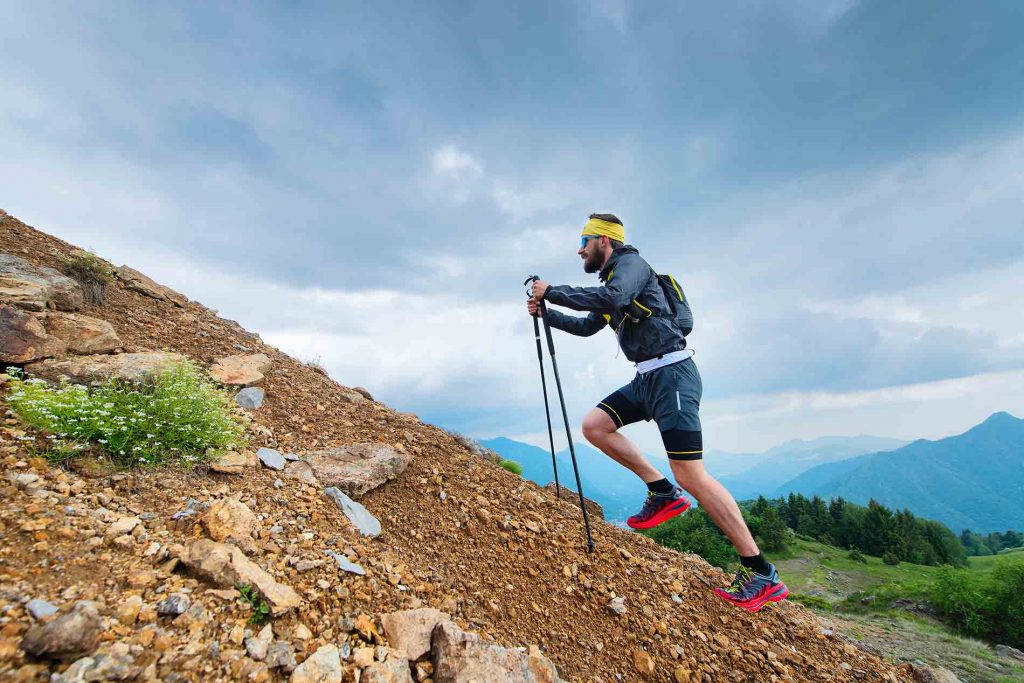
Injury Prevention Tips for Hiking
- Make sure you warm up before you begin hiking. Your muscles will be more flexible and your joints lubricated to prevent injuries as well as better prepared for the hike ahead of time.
- Stretch before, during, and after a hike to keep those ligaments healthy. Don’t forget that proper shoes are crucial because they protect from blisters or accidents due to an injury caused by ill-fitting shoes.
- It’s best to stretch your muscles before starting a hike but if you don’t have time for that, make sure you do it once you’re done hiking by stretching well which will help reduce muscle fatigue and improve recovery time.
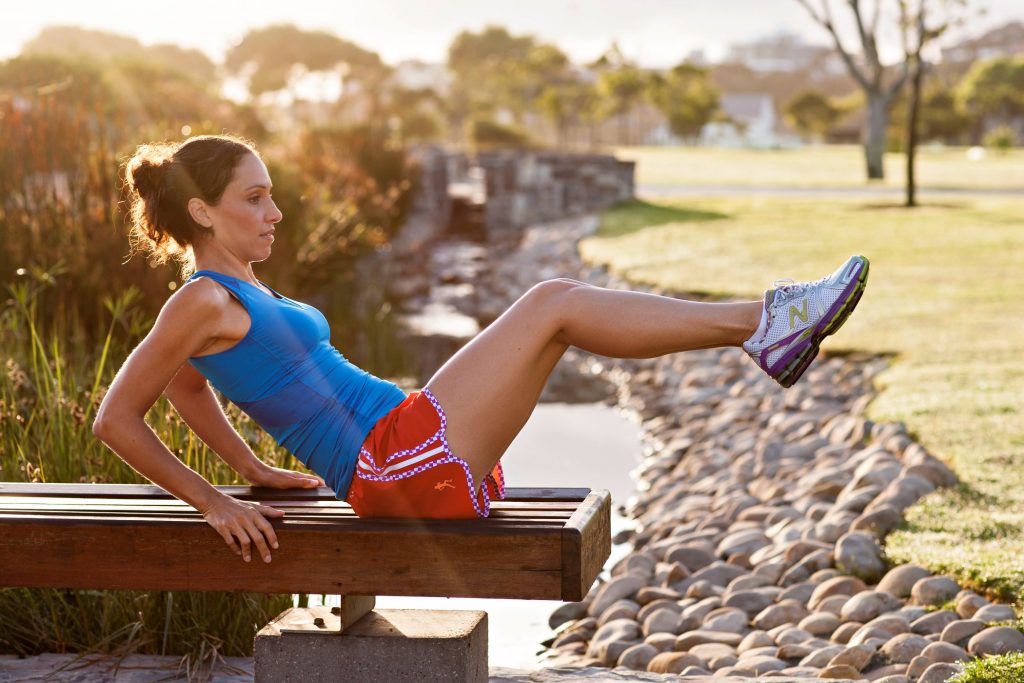
What to Avoid on Hikes
- Make sure to avoid injury by not overdoing it the first time you go hiking. It’s best to start with a short hike until your body is used to it and then build up from there.
- Don’t try new trails on your own if you don’t know them very well since they might be more challenging or have things like loose gravel that could lead to a twisted ankle.
- At the end of your hike, don’t forget about proper recovery and muscle soreness treatment in order to avoid injury and pain or discomfort when hiking again.
- Don’t try anything new on hikes like carrying too much weight which can result in fatigue throughout the day leading to an accident such as tripping over something.
- It’s best to avoid hiking with an injury like blisters or tendonitis by taking care of them before they get worse and become more difficult to treat, but if that happens make sure you stop hiking immediately in order not to worsen the injury.
- If your injury doesn’t go away despite resting try applying ice packs for 15-20 minutes at a time before taking anti-inflammatory medication to reduce swelling.
- Finish by stretching your muscles and be sure not to repeat the same movements that caused you pain in order for them not to become injured again.

Training Schedule for Hiking
It’s best to start preparing your body and mind a few weeks before you go hiking in order to get into shape. A good training schedule includes activities like jogging, golf, bicycling, swimming, or skiing.
Don’t forget that hiking is a strenuous activity so training for it with aerobic activities will prepare your cardiovascular system to be able to handle the physical stress of long hikes and high altitudes without getting tired too quickly.
Two weeks before going on a hike make sure you switch to strength training activities to get your muscles ready for the challenging hikes ahead of you.
Don’t forget that a good warm-up is necessary before starting any hiking session in order to avoid injuries and give yourself time to prepare mentally as well.
A cool-down after each hike will help reduce muscle fatigue from activity while also preventing cramps or muscle injuries.
Stretch your muscles well after each hike and make sure you do it at home too in order to reduce muscle pain and discomfort as much as possible.
Mental Preparation for Hiking
Your mental state is crucial to feeling good on hikes and preventing injuries. If you feel like you’re not up for hiking make sure to do something different instead of staying at home all day which could lead to depression, boredom, or other stress-related problems that can affect your mood negatively.
- Be sure to get enough sleep the night before your hike to make sure you feel rested and energized throughout the day.
- Make sure to keep stress levels low and avoid arguments with others before going on a hike in order to feel content and enjoy nature instead of focusing on problems.
- Keep yourself motivated by thinking about the good times ahead on your hike and how much fun it’ll be instead of focusing on negative things like what could go wrong during a trip in order to prevent being overwhelmed by stress which can also affect your physical state when going out for hikes.
Preparation is key when it comes to hiking successfully since it’s necessary not only physically but mentally as well.
Note: Don’t forget that the mental aspect is just as important since it can affect your physical state and make you more likely to get injured or not feel well while hiking.

FAQ
Q.Do I need to stretch before hiking?
A. Yes, it’s best to warm up and stretch your muscles well in order for them not to be too tense or stiff.
Q.What should I do if I twist my ankle on a hike?
A. Stop hiking immediately and try applying ice packs until the swelling goes away in order to avoid further injury.
Q.How many weeks before a hike should I start training?
A. Two weeks will be good enough for you to get into shape, but it’s best not to rush and take your time instead of going too fast which could result in an injury or pain that keeps you from hiking again.
Q.What kind of training should I do before going on a hike?
A. It’s best to start with aerobic activities which will help your cardiovascular system handle the physical stress better as well as prepare you for hiking at high altitudes and long distances without being too exhausted right from the beginning.
Q: How can I prevent getting blisters while hiking?
A. Try to avoid new shoes and make sure you prepare your feet well by moisturizing them a few days before going on a hike in order for the skin not to crack easily due to sweat or wear and tear during exercise.
Q: How do I recover from muscle pain after a hike?
A. Try applying ice packs to reduce swelling and then take the anti-inflammatory medication in order for you not to feel pain or discomfort when moving your muscles.
Q: Why is it important to stretch after hiking?
A. Stretching will relax your body by reducing muscle cramps, but also prevent injuries so that you can go on more hikes in the future.
Q: How can I prevent injuries while hiking?
A. By wearing a good pair of shoes that fit you well and aren’t too worn out since they could break easily on trails with obstacles such as rocks or roots which might cause you to trip, fall or twist an ankle if not careful enough.
Q: What should I eat before hiking?
A. Make sure to drink plenty of water and avoid fatty foods as much as possible since they will make you feel bloated or too full which can cause nausea, dizziness, or even vomit especially on strenuous hikes with a lot of climbing.
Q: Do I need special shoes for hiking?
A. Hiking shoes have a stiffer sole which helps protect your feet from the terrain and gives you a better grip on slippery rocks or roots but don’t forget to break them in well before going for a hike since they will be uncomfortable otherwise because of their stiffness.

